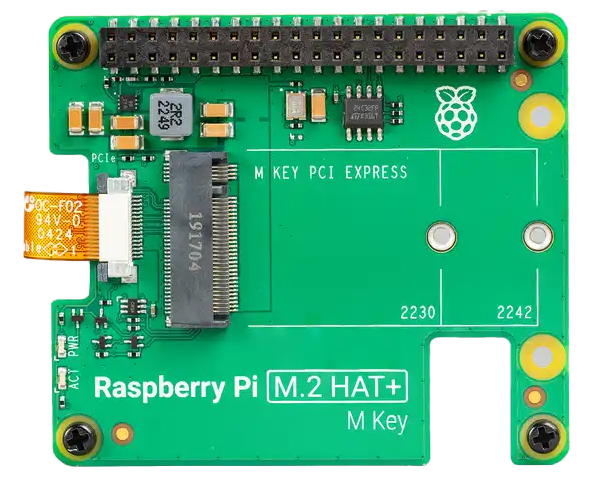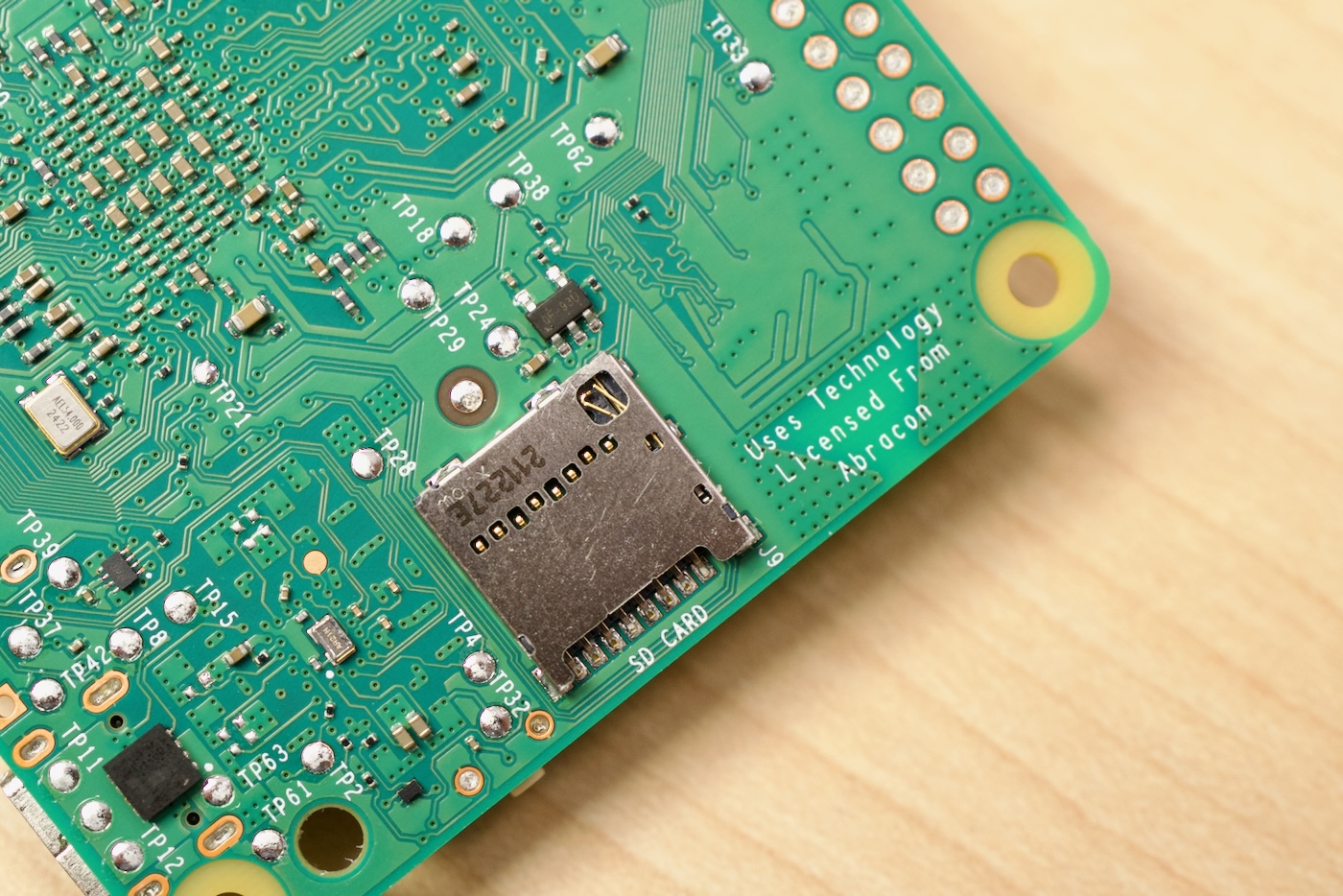Raspberry Pi Pico 2 - RP2350 adds more PIO, RISC-V cores

The $5 Raspberry Pi Pico 2 was announced today, with a new chip, the RP2350. This silicon improves on almost every aspect of the RP2040:
- 3 PIOs instead of 2
- 150 MHz instead of 133 MHz base clock
- Faster Arm Cortex M33 cores and RISC-V Hazard3 cores
I've had access to pre-release hardware and good news: even though the new chip is faster and has more features, it actually uses less power than RP2040, meaning if you run one of these things off a battery, it'll last longer.
I'll talk more about power later, but first, here's the specs.











